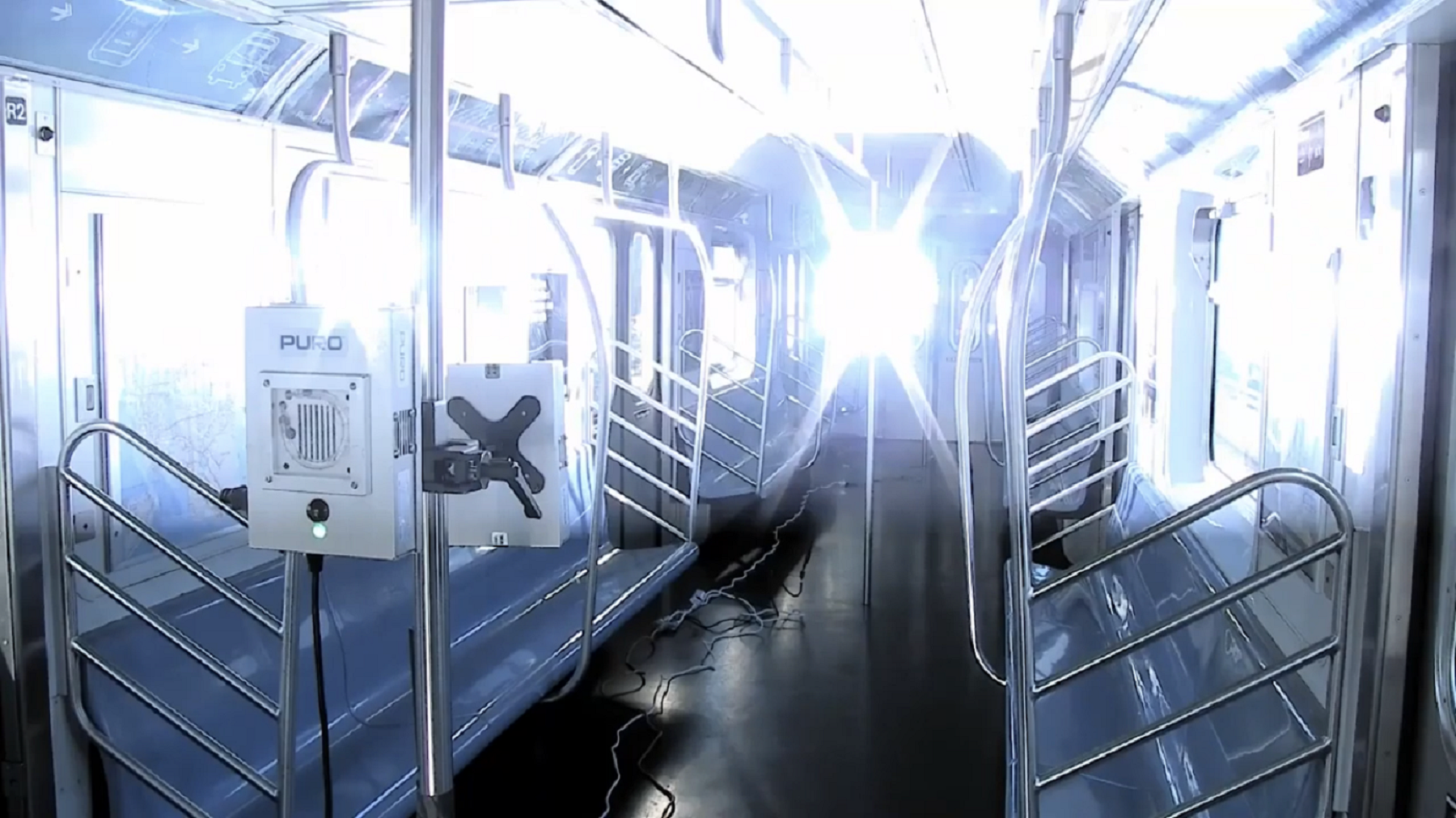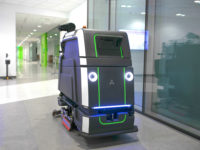How electrostatic sprayers can make industrial facilities healthier

Credit: Getty Images
Many working in manufacturing and industrial facilities are familiar with HVLP sprayers. These Higher Volume (HV) Lower Pressure (LP) sprayers have found several uses since their introduction after World War II.
They are typically used to propel paint and other coatings on to walls, surfaces, machinery components, and equipment. And when used properly, they can cut labor times dramatically.
They became so popular that in the 1950s, some vacuum manufacturers introduce HVLP attachments so that consumers could apply paint to walls and other surfaces right from their vacuum cleaner. However, these DIY systems, as well as those initially developed for industrial use, shared one problem: as the paint or coating was propelled on to surfaces, much of it ended up dripping down those same surfaces.
In such cases, “clean-up” operations and then re-application of the paint or coating took a considerable amount of time. Users often found it would have been faster to apply the paint/coating using the old-fashioned way, with a brush.
So, when the idea came up about applying a disinfectant that could be relatively quickly sprayed on to surfaces to help eliminate or inactivate pathogens, developers faced the same dilemma. How could the machine apply the disinfectant without large amounts of it dripping down surfaces and dropping on to floors? (See Sidebar: What Do We Mean by “Eliminate” and “Inactivate” Pathogens?)
What was developed is what we now call electrostatic sprayers. Most of us have seen these by now. Airlines are using them extensively as one of the fastest and most effective tools available to protect passengers from coronavirus. They are also used in schools, office buildings, as well as industrial locations.
While they spray a disinfectant on to surfaces, just as an HVLP sprayer might spray paint on to surfaces, the big difference is that electrostatic sprayers apply a positive electrical charge to the disinfectant as it goes out the nozzle. Because most interior surfaces in a commercial facility, for instance, are negatively charged, the disinfectant is attracted to and adheres to those surfaces.
Going further, these systems can wrap around interior surfaces - walls, doors, counters, books, tables, light switches, and more - providing much more complete, and certainly much faster, disinfectant protection than is possible when using traditional, spray-and-wipe methods.
Electrostatic sprayers have been in use now for many years, especially in medical facilities and other locations where sanitation and disinfection are paramount. Today, when used with EPA-approved disinfectants* that can kill coronavirus pathogens, they have become the “star” of the professional cleaning industry. They are the key tool in the industry, helping to keep building users safe and healthy.
Putting them to work in industrial locations
While they do have many benefits and can certainly help industrial locations keep their building users healthier, there are a few things we need to know about using these systems. Primarily, we need to understand that they do not replace cleaning. Spraying or misting a soiled surface with an electrostatic sprayer disinfectant would likely not protect building users from pathogens, including those that can cause COVID.
Surfaces must be cleaned first because the cleaning process removes soils on the surface. These soils, if left on the surface, inhibit the disinfectant from working effectively. This is true in all forms of cleaning and disinfecting.
Once surfaces have been thoroughly cleaned, the entire application of the disinfectant is “no touch.” The operator, who should be wearing a mask for safety and possibly goggles, moves methodically throughout the area to be disinfectant, often starting by coating higher areas such as walls, and working down to fixtures, tables, counters, and floors.
While it is not always necessary, certain high-touch surfaces, for instance, employee time clocks, walk-up counters, and other surfaces commonly touched or used by several workers during the day, may warrant added application of the disinfectant.
This brings up another consideration. How often do these surfaces need to be sprayed with an electrostatic sprayer? This all depends, not so much on the electrostatic sprayer used, as much on the disinfectant selected.
When selecting a disinfectant proven to be effective against COVID, look to see if terms such as “persistently” or “continuously” protects surfaces are on the product label or marketing material. This means the disinfectant has been engineered, tested, and proven to eliminate pathogens for up to 90 days, which should also be noted on the label.
If these terms are not on the label, cleaning professionals will likely need to re-apply the disinfectant to surfaces using the electrostatic sprayer frequently, as often as after every cleaning, depending on how often that surface is touched or used.
Other benefits of electrostatic sprayers
With the right systems and disinfectants, not only should these systems protect human health, but they also have other benefits for industrial facilities. Among them are the following:
We’ve referenced it already that they reduce the time and labor to disinfectant surfaces dramatically. This is a major cost savings. One manufacturer reports they can reduce disinfecting time by as much as 80 percent.
The EPA-approved disinfectants used with these systems is typically an anti-microbial. This means it can eliminate the pathogens (microbes) that cause COVID, as well as, inactivate other types of disease-causing germs, bacteria, and mold, mildew, and fungi.
Electrostatic sprayers allow for more through coverage of surfaces. All areas are protected, not just some.
They also can help promote sustainablity. If using a disinfectant that proves effective for up to 90 days, this means fewer containers of disinfectants need to be used to package the product; there is less fuel needed to transport cases of the product; this in turn can reduce the release of greenhouse gasses.
Now that we better understand what electrostatic sprayers are all about, how they are used, and there potential benefits, there is one more thing administrators should do before selecting a system. That is work with a knowledgeable distributor of these products before selecting one.
Many manufacturers now make electrostatic sprayers. But they are not all the same. Some work better in certain settings than others and some are not even designed for commercial use. Working with a distributor will help eliminate any “trial-and-and-error” purchasing, allowing administrators to move quickly, protecting the health of building users.
*The EPA has created the N-List. This is a list of disinfectants tested and proven to be effective at killing the pathogens that cause COVID-19.
Sidebar: What Do We Mean by Eliminate and Inactivate Pathogens?
Traditionally, we say that disinfectants kill germs and bacteria.
However, when used with electrostatic sprayers, what we find on a microscopic level, is that the disinfectant creates layers of “nano spikes” or tiny spears. As the disinfectant attracts pathogens, these spikes pierce the pathogens, virtually eliminating them or inactivating them. As a result, these are the terms more commonly used when referring to electrostatic disinfection.
Looking for a reprint of this article?
From high-res PDFs to custom plaques, order your copy today!









